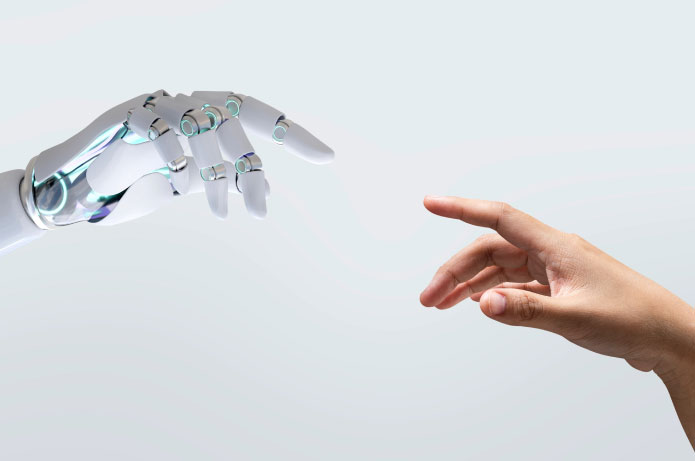Talking about business innovation today inevitably means talking about technology — especially artificial intelligence. Still, transformation doesn’t originate from machines. After all, even as systems advance at exponential speed, it’s humans who continue to steer business direction and operate the tools. That’s why, when we discuss digital changes, we’re also talking about strategy, culture, and people.
AI, for example, is already optimizing operations across various fronts. On one hand, it enables automating repetitive tasks and reducing errors. On the other, it helps personalize customer service at scale through virtual assistants and predictive analytics that guide more precise campaigns. According to Gartner, by 2026, over 70% of companies worldwide will use this technology to improve customer experience and internal efficiency. Those who can align it with human intelligence will lead the way.
The impact is even clearer when we look at productivity. A McKinsey study shows that adopting AI and automation can boost team performance by up to 40%. In other words, machines take over part of the operational workload, freeing professionals to focus on strategic decisions and higher-value activities. However, this only happens when solutions and business processes are thoughtfully integrated.
In this context, we can mention gamification, which, though often underestimated, is gaining ground as a powerful tool for combining technology and the human factor. Applying game-like elements in corporate environments might seem ineffective or even inappropriate, but the results are remarkable. Reports indicate gamification increases employee engagement by up to 60%. More than just a fun feature, it’s a continuous motivation mechanism that turns goals into challenges, recognizes achievements, and fosters improvement.
The effect is also significant for customers. Mission-based loyalty programs with rewards have emerged as an alternative to deepen audience engagement with businesses. According to Deloitte, companies using gamification see an average 47% increase in customer engagement. It’s a way to create value without major investments—just by leveraging available technologies effectively.
However, it’s not about choosing one tool over another. The greatest benefit comes from combining them. Uniting AI with gamification enables fully personalized experiences, with challenges tailored to each user—whether a customer or an employee.
The key point is: no tool delivers results alone. Regardless of which one, the tool must serve a well-defined strategy, and we must understand how to apply the human factor alongside it. More than choosing which technology to adopt, it’s about knowing why, when, and how to use them. Most importantly, preparing people to operate them with autonomy and critical thinking. Machines may bring speed and efficiency, but it’s humans who make the difference. Ultimately, innovating means knowing how to combine resources, processes, and talent—all in the right measure.


